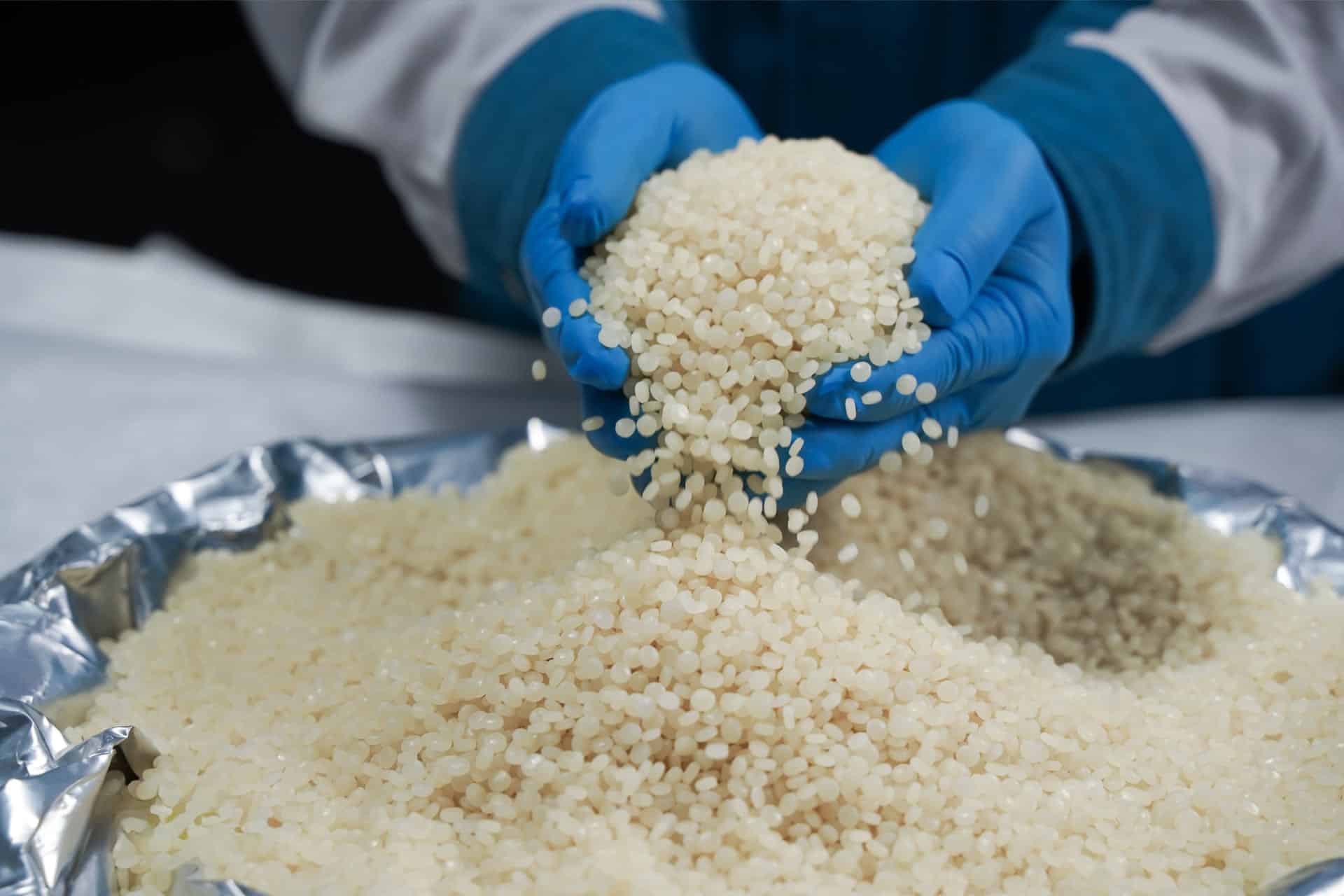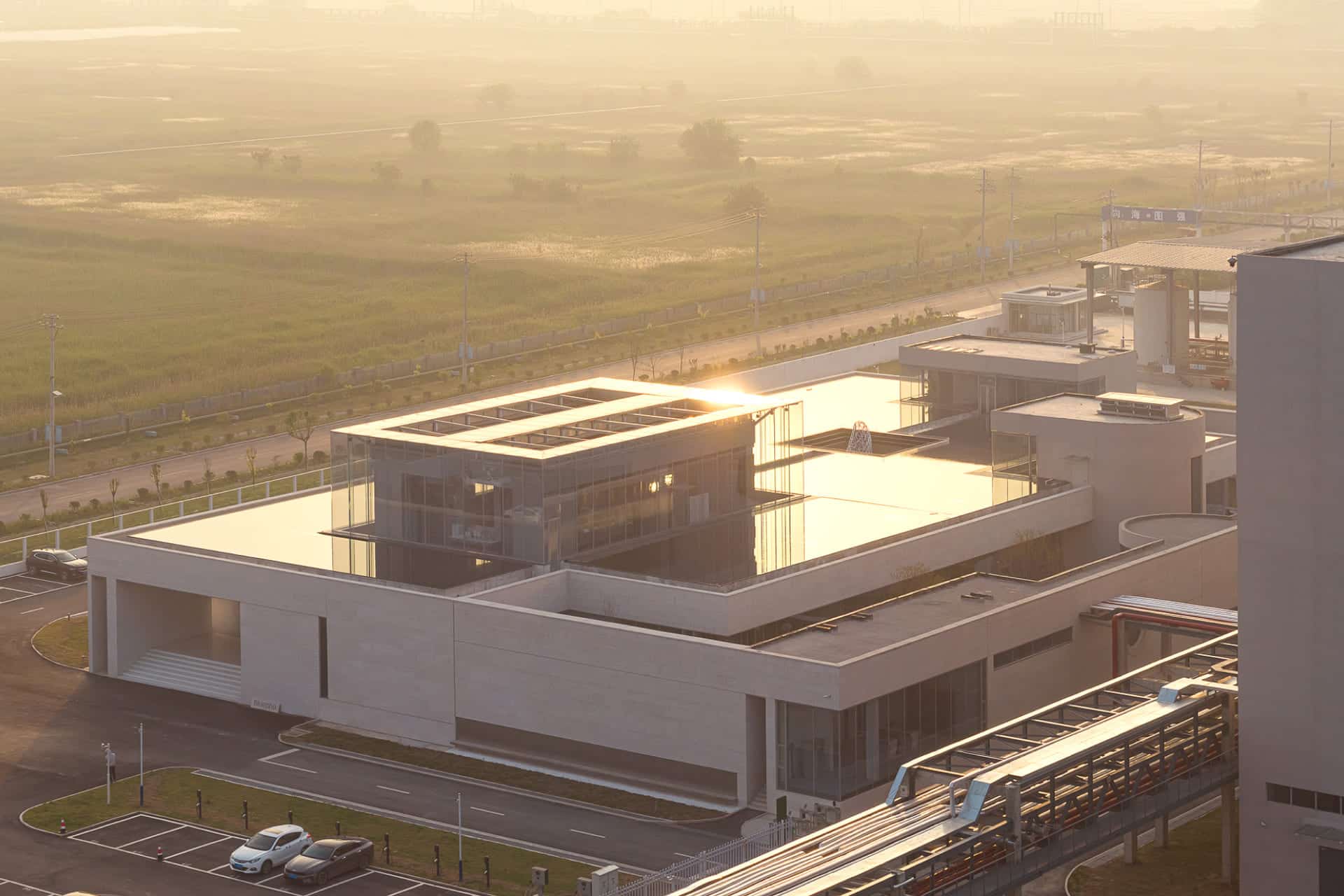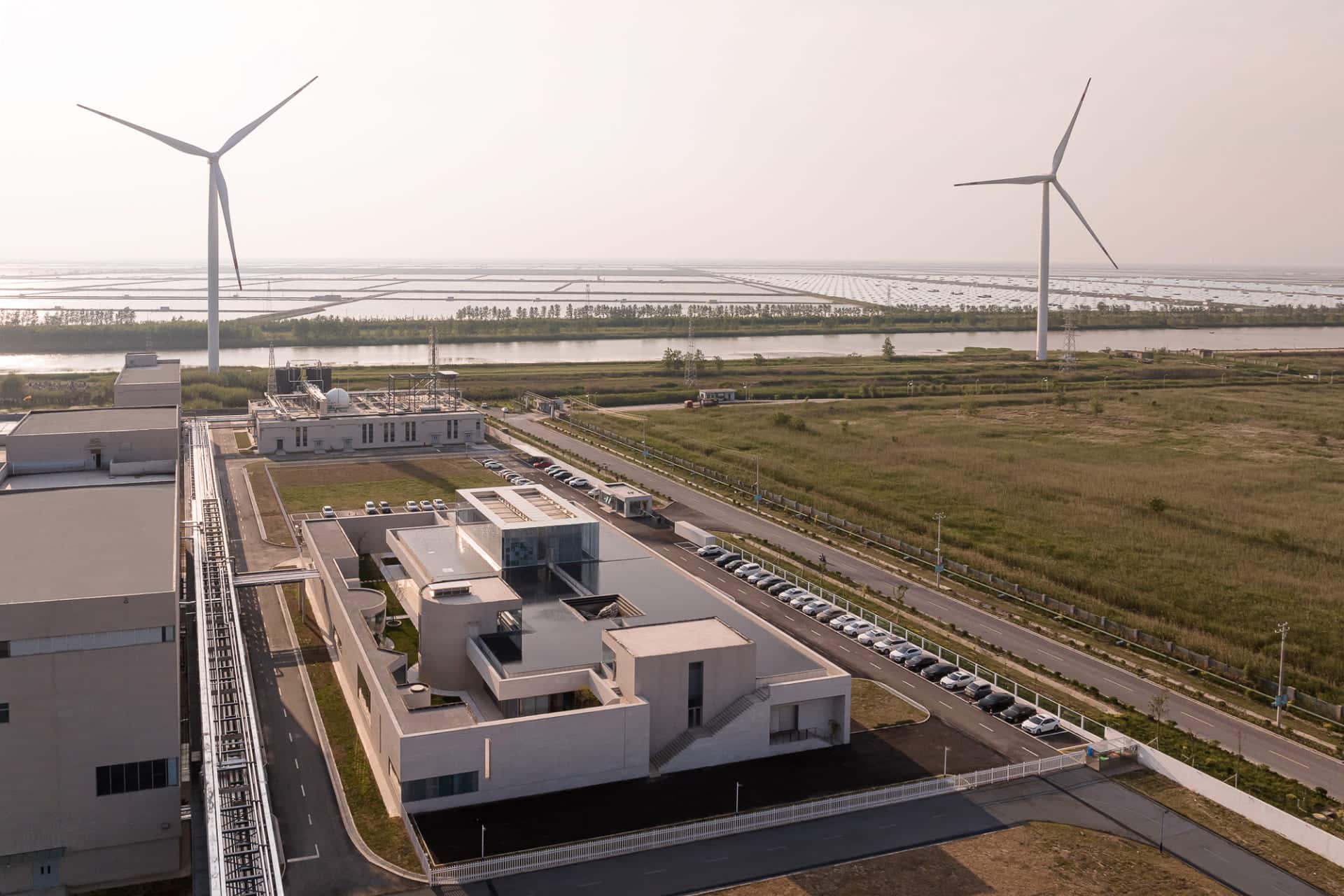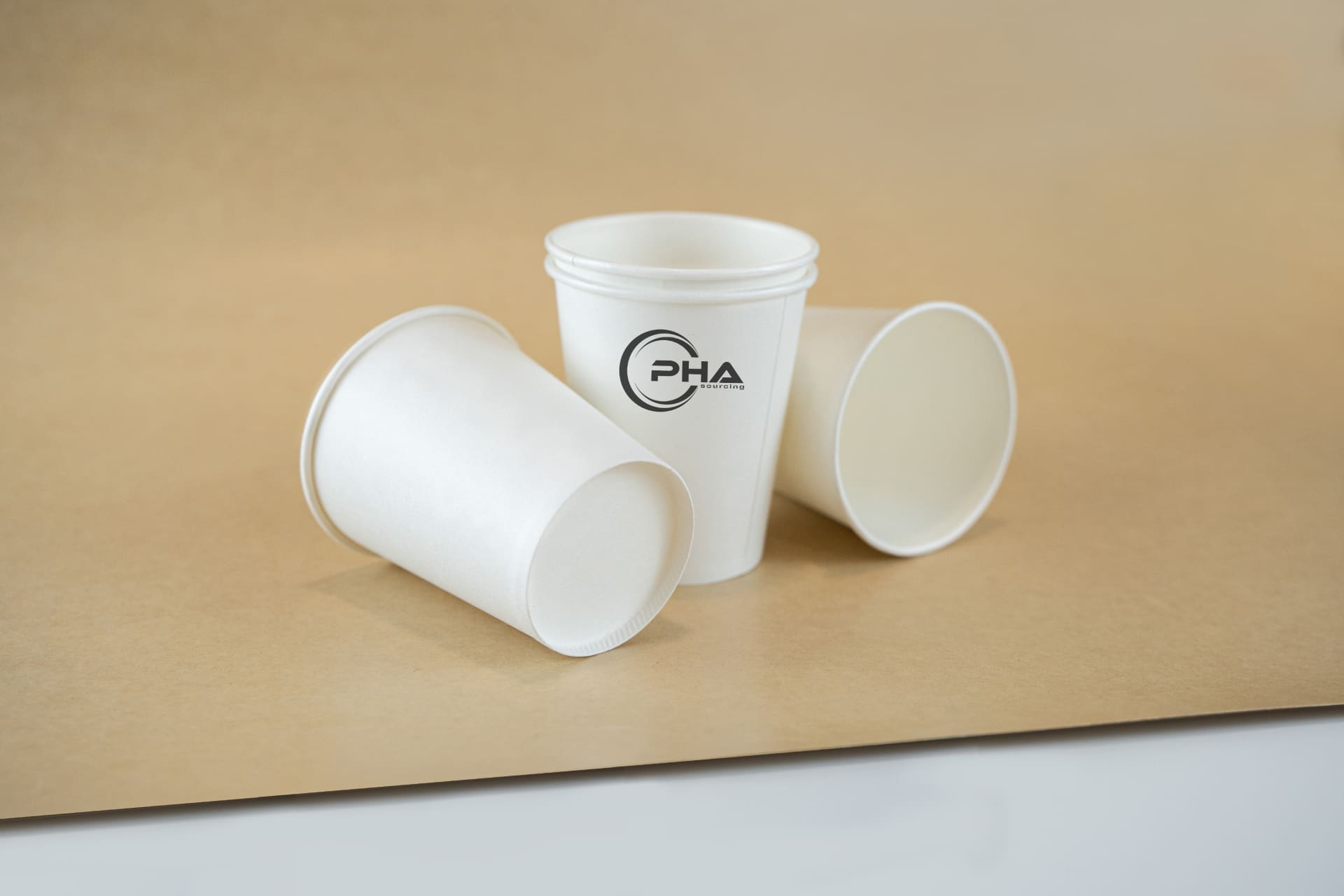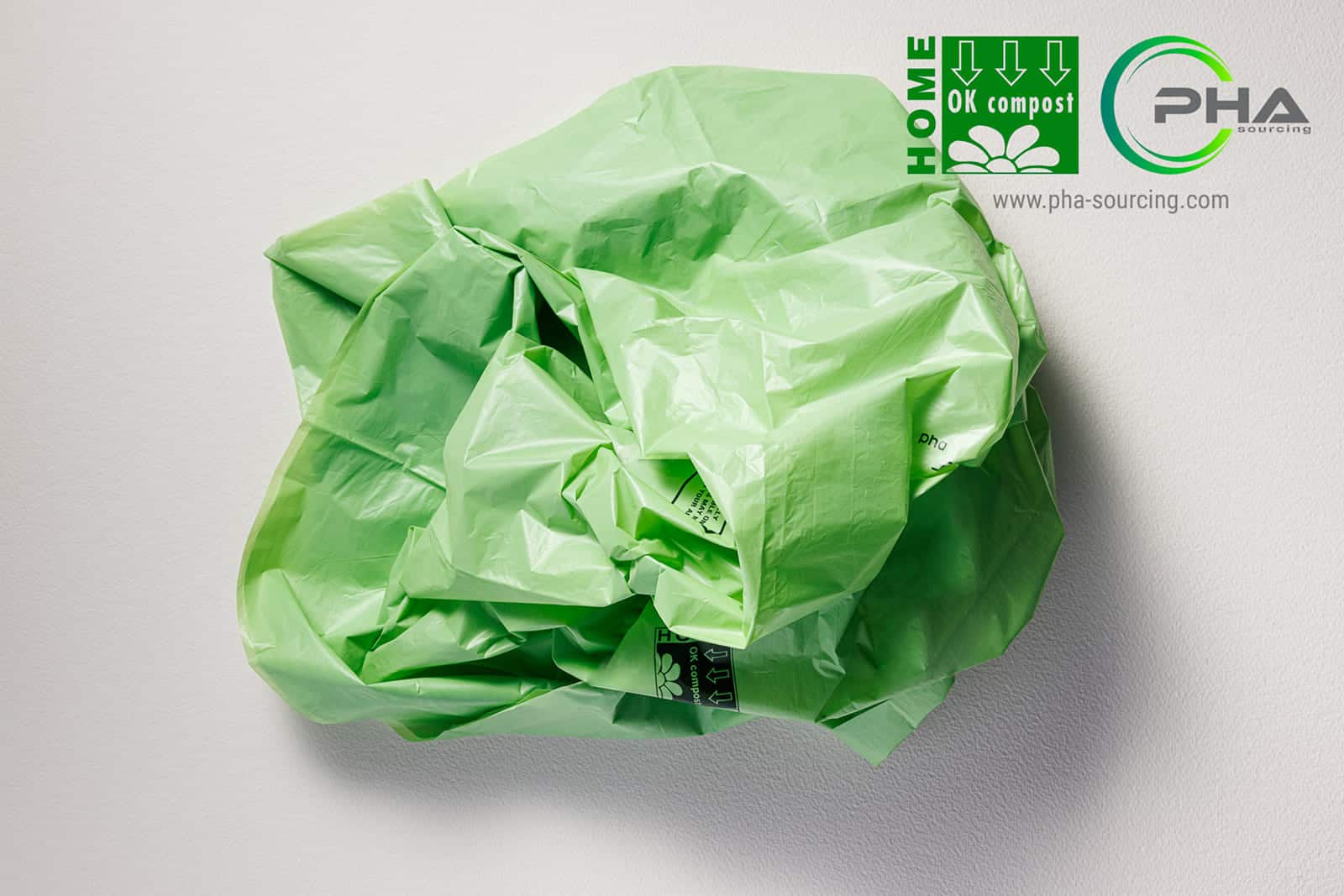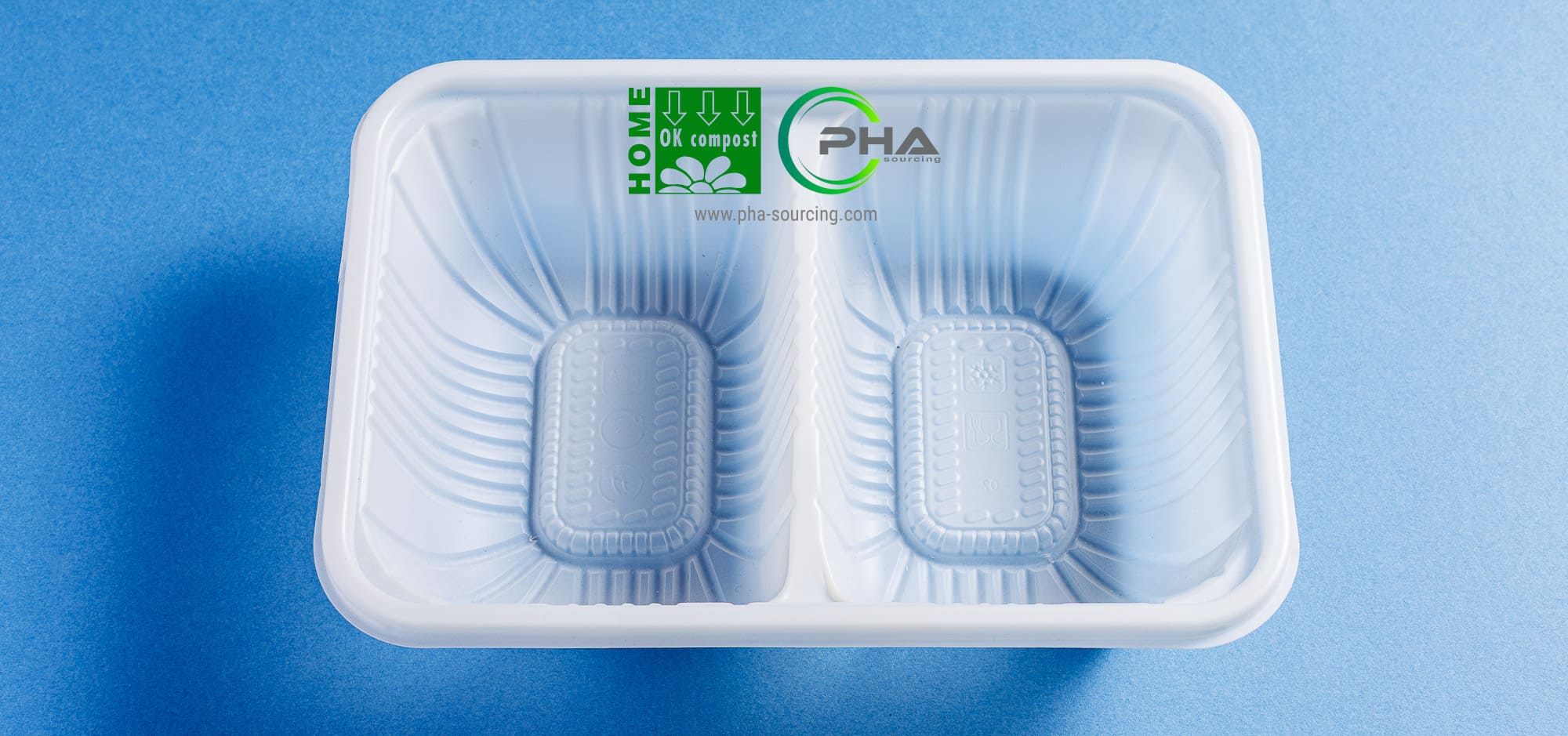The European polyhydroxyalkanoate (PHA) market is on a strong growth trajectory, projected to increase from USD 21.76 million in 2024 to USD 57.77 million by 2033, at a compound annual growth rate (CAGR) of 11.46%. According to Market Data Forecast, his expansion is driven by regulatory pressure, technological advancements, and a growing demand for sustainable materials across multiple industries. As businesses and policymakers alike push for environmentally friendly alternatives, PHA stands out as a promising bioplastic capable of replacing petroleum-based plastics in various applications.
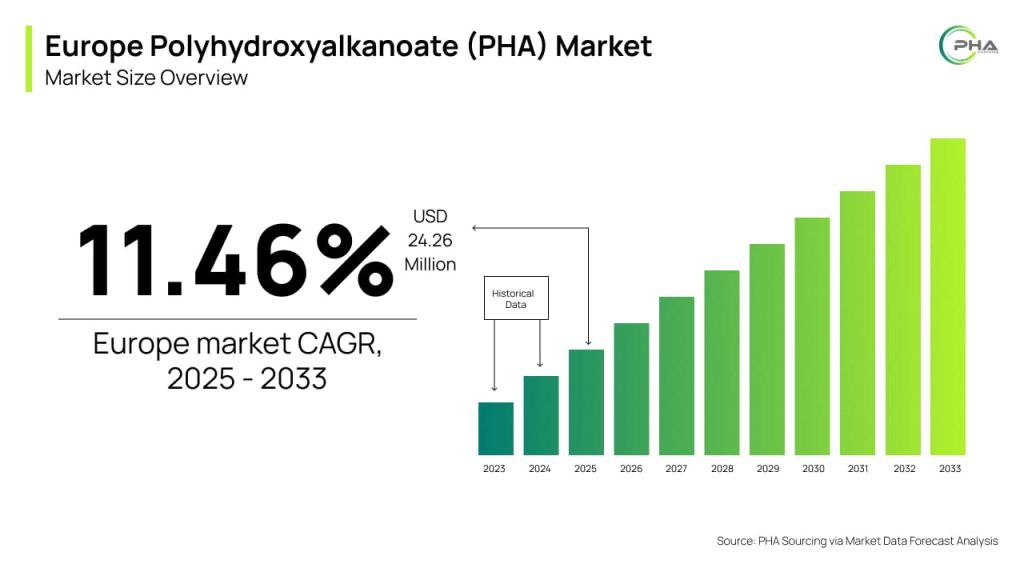
Key Drivers Fueling the European PHA Market
The rapid expansion of the PHA market is underpinned by multiple factors, from government regulations to shifting consumer preferences and industry innovations.
Regulatory Support for Sustainable Plastics
Government policies and international environmental agreements are some of the most significant drivers of the PHA market in Europe. The European Union has enacted bioplastic regulations designed to phase out conventional plastics and promote biodegradable alternatives. The Single-Use Plastics Directive mandates reductions in plastic waste and encourages investment in sustainable solutions. Furthermore, initiatives such as the European Green Deal are setting clear sustainability goals, compelling industries to transition towards circular economy practices.
Technological Innovations in PHA Production
Advancements in microbial fermentation, feedstock diversification, and polymerization processes have significantly improved the production efficiency of PHA manufacturing. Recent developments in genetic engineering are enhancing microbial strains to optimize yield and reduce production costs. Additionally, innovations in co-polymerized PHAs allow manufacturers to tailor material properties for diverse applications, expanding the market potential.
Expanding Consumer Demand for Eco-Friendly Products
With increasing awareness of plastic pollution, European consumers are driving demand for sustainable alternatives. A survey by the European Commission revealed that 85% of Europeans support initiatives to reduce plastic waste. This shift is pushing businesses to integrate biodegradable materials like PHA into their supply chains, particularly in packaging, food services, and consumer goods.
Challenges Hindering PHA Market Growth
Despite its promising outlook, the European PHA market faces several barriers that could impact its expansion.
High Production Costs Compared to Conventional Plastics
One of the most significant challenges for PHA adoption is its high production cost. Current estimates suggest that producing PHA can be up to 30% more expensive than traditional plastics due to raw material costs, complex fermentation processes, and costly downstream purification. While innovations are gradually reducing these costs, price competitiveness remains a critical challenge for widespread adoption.
Limited Infrastructure for Bioplastic Processing
The existing plastic manufacturing infrastructure is largely designed for petroleum-based polymers. Transitioning to biodegradable alternatives like PHA requires adjustments in processing techniques, recycling systems, and composting facilities. Many European countries still lack the necessary industrial composting infrastructure to fully support PHA disposal, creating an additional hurdle to mass adoption.
Market Competition from Established Plastics
Despite growing environmental awareness, traditional petroleum-based plastics continue to dominate due to their lower costs and established supply chains. The global plastics industry produced approximately 368 million tons of conventional plastics in 2020, highlighting the scale of competition for biodegradable alternatives. PHA manufacturers must navigate this landscape by emphasizing product differentiation and regulatory compliance.
Opportunities for Growth in the European PHA Market
Despite challenges, several key opportunities exist for the expansion of the PHA market across Europe.
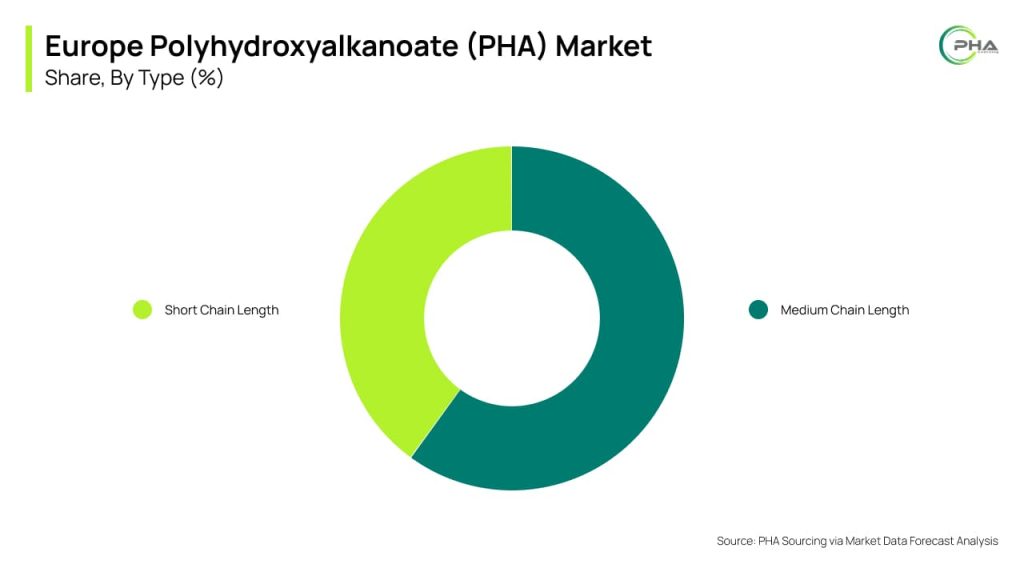
Rising Demand for Sustainable Packaging
One of the most promising applications of PHA is in sustainable packaging solutions. The food and beverage industry, in particular, is under increasing pressure to transition away from single-use plastics. PHA-based materials offer a flexible packaging alternative that meets consumer demand for compostable and biodegradable products.
Biomedical and Healthcare Applications
PHA’s biocompatibility and biodegradability make it an ideal material for medical applications such as sutures, drug delivery systems, and tissue engineering. The biomedical sector’s growing need for sustainable medical materials presents a lucrative opportunity for PHA producers.
Investment in Research and Development
European governments and private investors are increasing their funding for bioplastic research, with a focus on improving PHA production efficiency and scalability. By accelerating R&D efforts, manufacturers can enhance PHA’s properties and expand its industrial applications.
Regional Market Analysis: Leading European Countries
Different European nations are experiencing varying levels of PHA market penetration.
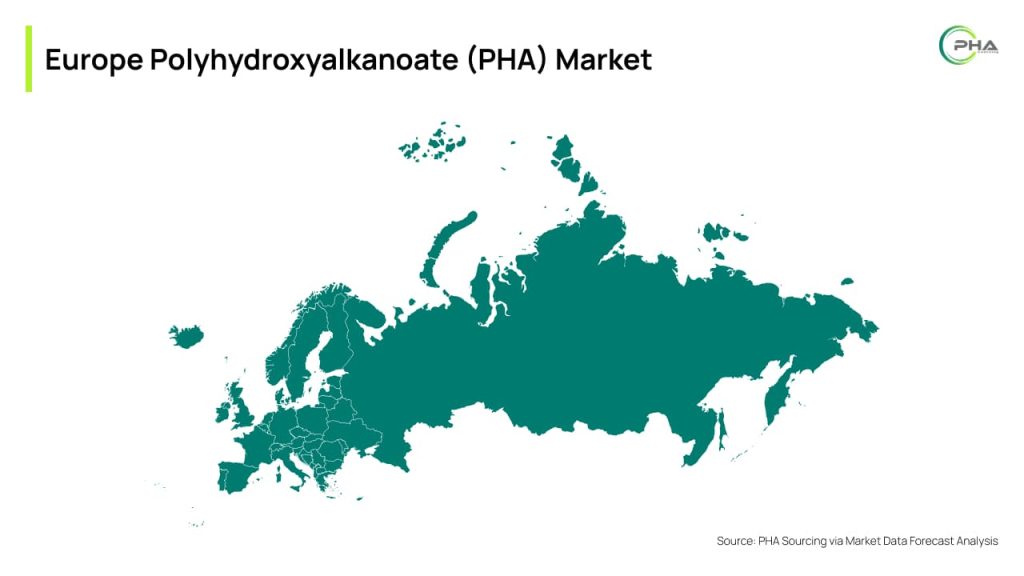
Germany: A Leader in Bioplastic Innovation
With 25.7% of the European market, Germany is at the forefront of PHA production and adoption. The country’s stringent environmental policies and well-developed industrial base make it a prime location for bioplastics research and commercialization.
France and the UK: Emerging Growth Markets
France and the UK are witnessing significant investment in biodegradable plastics. The French government has implemented initiatives to reduce single-use plastics, while the UK bioplastics market is projected to exceed £500 million by 2025, driven by regulatory incentives and corporate sustainability commitments.
Italy and Spain: Expanding Adoption
Italy’s strong manufacturing sector and commitment to quality materials are contributing to the rise of PHA adoption. Meanwhile, Spain is leveraging its position as a leader in sustainable agriculture to drive PHA demand in the agricultural sector.
The Future of PHA in Europe
As Europe accelerates its transition toward a circular economy, PHA is poised to play a critical role in replacing conventional plastics. With increasing government support, technological advancements, and expanding market applications, PHA is well-positioned to become a mainstream sustainable material in the coming years.
